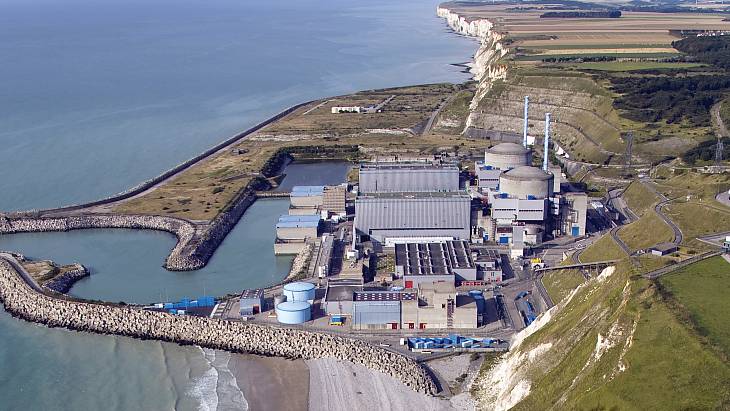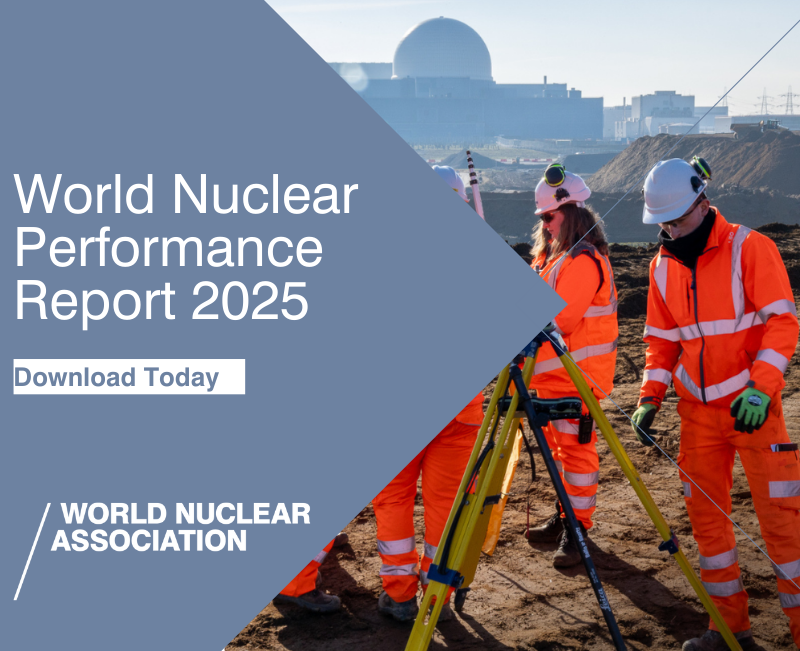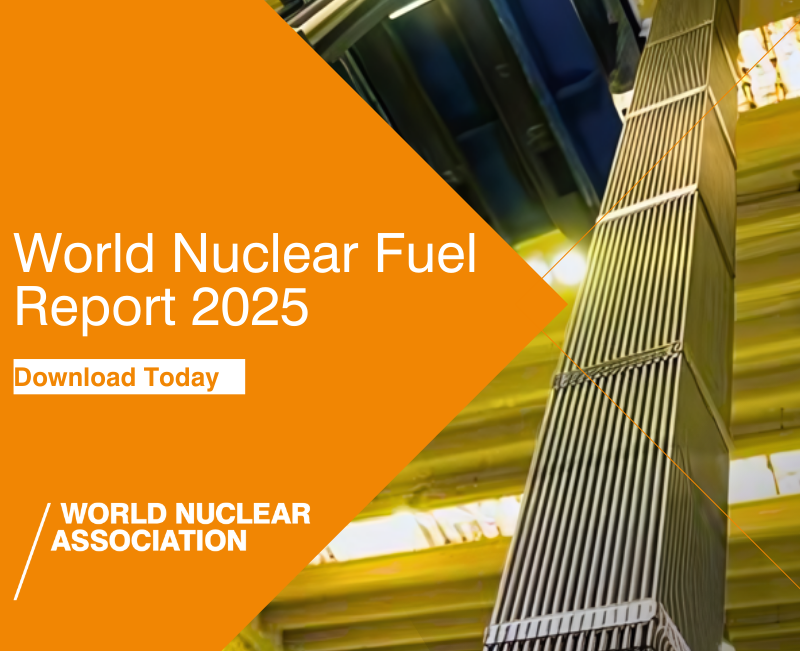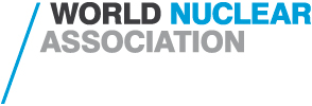The pilot programme, announced in June, aims to expedite the testing of advanced reactor designs that will be authorised by the Department at sites located outside of the national laboratories. Part of the Reforming Nuclear Reactor Testing at the Department of Energy executive order signed by President Donald Trump in May, its goal is "to construct, operate, and achieve criticality of at least three test reactors using the DOE authorisation process by July 4, 2026."
The selected companies are: Aalo Atomics Inc; Antares Nuclear Inc; Atomic Alchemy Inc; Deep Fission Inc; Last Energy Inc; Natura Resources LLC; Oklo Inc (selected for two projects); Radiant Industries Inc; Terrestrial Energy Inc; and Valar Atomics Inc.
Each company will be responsible for all costs associated with designing, manufacturing, constructing, operating, and decommissioning their test reactors, but seeking Department of Energy (DOE) authorisation under the Atomic Energy Act will help them unlock private funding and provide a fast-tracked approach to future commercial licensing activities, the department said.
"President Trump's Reactor Pilot Program is a call to action," said Deputy Secretary of Energy James Danly. "These companies aim to all safely achieve criticality by Independence Day, and DOE will do everything we can to support their efforts."
The DOE did not specify which projects are covered, although the list of companies includes both start-ups and longer established companies representing diverse approaches to reactor technology. Aalo is developing the Aalo-1 factory-fabricated 10 MWe sodium-cooled microreactor; Antares is developing the 500-kW sodium heat pipe-cooled R1. Atomic Alchemy Inc - a subsidiary of Oklo - is developing the Versatile Isotope Production Reactor - or VIPR - 15-MWt light water reactor.
Deep Fission's Deep Fission Borehole Reactor-1 is a 15 MWe pressurised water reactor that would be located about a mile underground via a 30-inch borehole. Last Energy is developing the 20 MWe PWR-20. Natura Resources' LF-MSR is a 1 MWt molten salt research reactor. Oklo's Aurora powerhouse is a based on a fast neutron reactor that uses heat pipes to transport heat from the reactor core to a supercritical carbon dioxide power conversion system.
Radiant Industries is developing the 1 MWe Kaleidos high-temperature gas-cooled portable microreactor. Terrestrial is developing the Integral Molten Salt Reactor (IMSR). Valar is developing a reactor based on high-temperature gas reactor technology.
"The diversity of applications received shows the remarkable breath of innovation and ingenuity in American reactor developers," the DOE said.
Terrestrial Energy said its Project TETRA proposal had been selected for the pilot programme. Project TETRA includes the completion of key testing that is essential to support licensing applications for the construction and operation of commercial IMSR plants in the USA, the company said.
"We are pleased to have been selected by the DOE for this important project, which will help the US win the race to energy dominance that is now so important for competitive commercial AI and the re-shoring of US manufacturing,” Terrestrial Energy CEO Simon Irish said. "Our selection for the Nuclear Reactor Pilot Program fast-tracks key elements of IMSR design development and advances our programme of fleet scale deployment of our IMSR Plant."
Oklo co-founder and CEO Jacob DeWitte said the company was "proud" to have been selected for three projects, including the Atomic Alchemy project. “This shows that the DOE is ushering in a new era of building new nuclear in America by unleashing its unique capabilities to enable American nuclear innovators to build. The DOE is opening the door to the market so new ideas, new approaches, and new designs can be built more quickly and efficiently. American innovation is one of our strategic advantages, and the DOE’s selection of a number of projects provides a sweeping injection of urgency to meet the moment and unleash American nuclear innovation," he said.
Cutting red tape
Aalo Atomic CEO Matt Loszak explained that the projects, which were selected through a competitive Request for Applications process, would not be granted capital, but would be assigned a so-called concierge team to ensure that any red tape (for example, waiting for signatures from the DOE) which might have previously taken weeks or months, will now take days. "This means that the pressure is now on the companies selected under the RFA to deliver," he said. "The rate-limiting step is now the time it takes to complete the engineering, design, and testing work needed to build a reactor and take it to criticality.
"When announced, many folks in the nuclear industry did not think this timeline was realistic. Indeed, most nuclear companies are planning for criticality on five-year timelines, or longer. However, at Aalo, we took a close look at our progress to-date and our roadmap, and realised that with a few tweaks and the support of the DOE, this aggressive criticality timeline could be possible."

_58447.jpg)



_91467.jpg)
_47120.jpg)
_16439.jpg)






